10 June 2014
In the mirror, someone is gathering her hair, someone else brushing her fingers against her lips. Then there are the ones touching their nipples or slipping off, little by little, their knickers. One is studying the dark hairs hidden between her thighs; another, viewed from the back, reeks of hormones and is seducing herself. While photographers generally limit themselves to showing you women, Lady Tarin makes you, inevitably, desire them.
The young artist from Romagna with a training that was always linked to the image—from art school to the Academy of Fine Arts in Bologna—now lives in Milan, where she works for major fashion brands and magazines and carries out personal projects, like the one on the female nude. Some of these pictures are also to be found in editions no. 3 and no. 4 of the art book Le Dictateur, for the Tate Modern and the Palais de Tokyo respectively.
In a class of her own, this Lady Tarin. Very precise, elegantly punk, she displays a lunar pallor against which stand out details in red—nails and lipstick. She practices historical fencing—with two-handed long-sword and side-sword—of which she says: “I started because I needed more creativity and more discipline. Historical fencing is perfect, because it’s like dancing with the sword.” On the bedside table she has Please Kill Me: The Uncensored Oral History of Punk, and to a question about her first camera replies: “A Polaroid. I go on working with the analog medium, especially for my personal research work, because it is able to retain the texture of the skin and the depth of space. It’s a more silent technique, which allows me to be closer to the subject I encounter. Film brings you closer, in this sense it is erotic.”
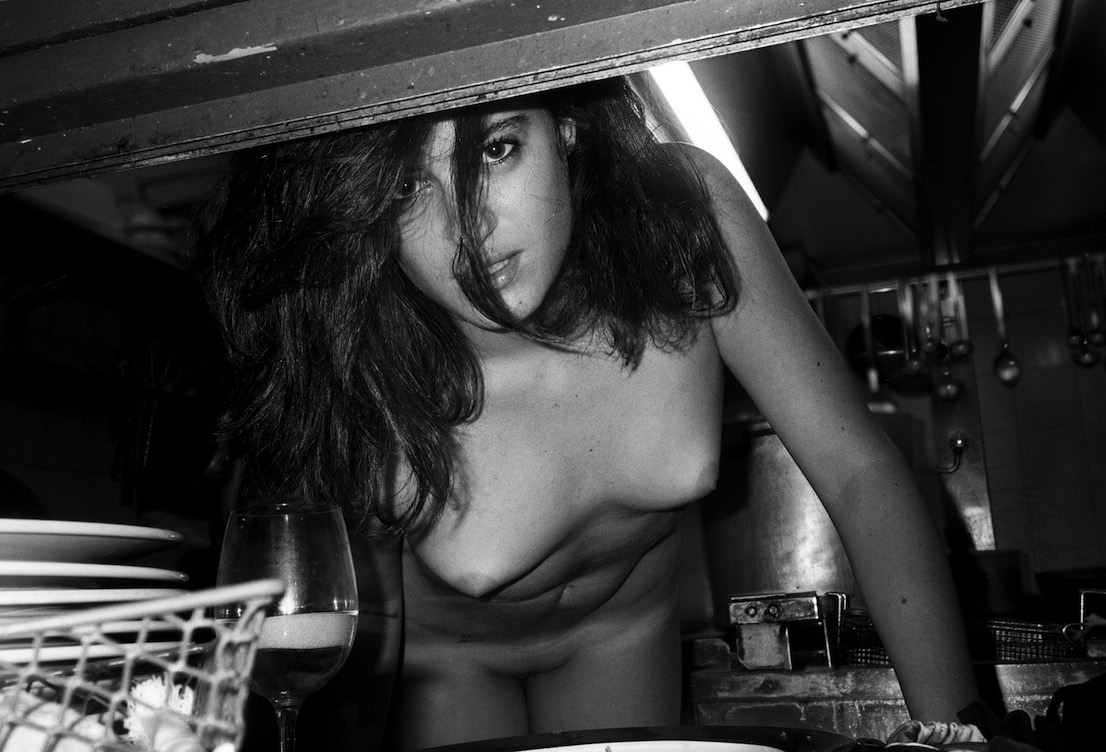
© Lady Tarin, Carlotta.
This is why your photographs make people want to make love. Shall we start from here, Lady Tarin?
I’m very happy when people tell me that. I think it stems from the fact that as a woman I know women well, and the picture gains from that. A greater sense of complicity is created. In front of a man we tend to be more structured, we have been brought up to act like prey, we try to please him. Consequently the man plays the dominant part and the imagery that derives from this is the usual little scheme repeated a thousand times. This pantomime generates a distorted representation of woman, replete with stereotypes, and all that we see is a lifeless body.
Are you aware that your photographs have the power to excite?
I think that they work because women like them, even though they are also aimed at men. We are in relationship, not in opposition. A woman understands the inner being of another woman and is able to capture it, while a man does not recognize its complexity. He tends to take things in without digesting them, with a pragmatism that can be useful in the workplace, but which is dangerous if applied to the representation of woman.
And so what would be the man’s intention?
It’s as if the aim were never the image, but an external necessity, that of social status with respect to other men. For this reason it is irresponsible, for a woman, to view and comprehend herself through male images. The subject is distant and never a protagonist, which is why they are anti-erotic images.
What do you understand by erotic?
Eroticism is vital force, it is belonging. A woman who emanates eroticism is a woman who belongs in her skin.
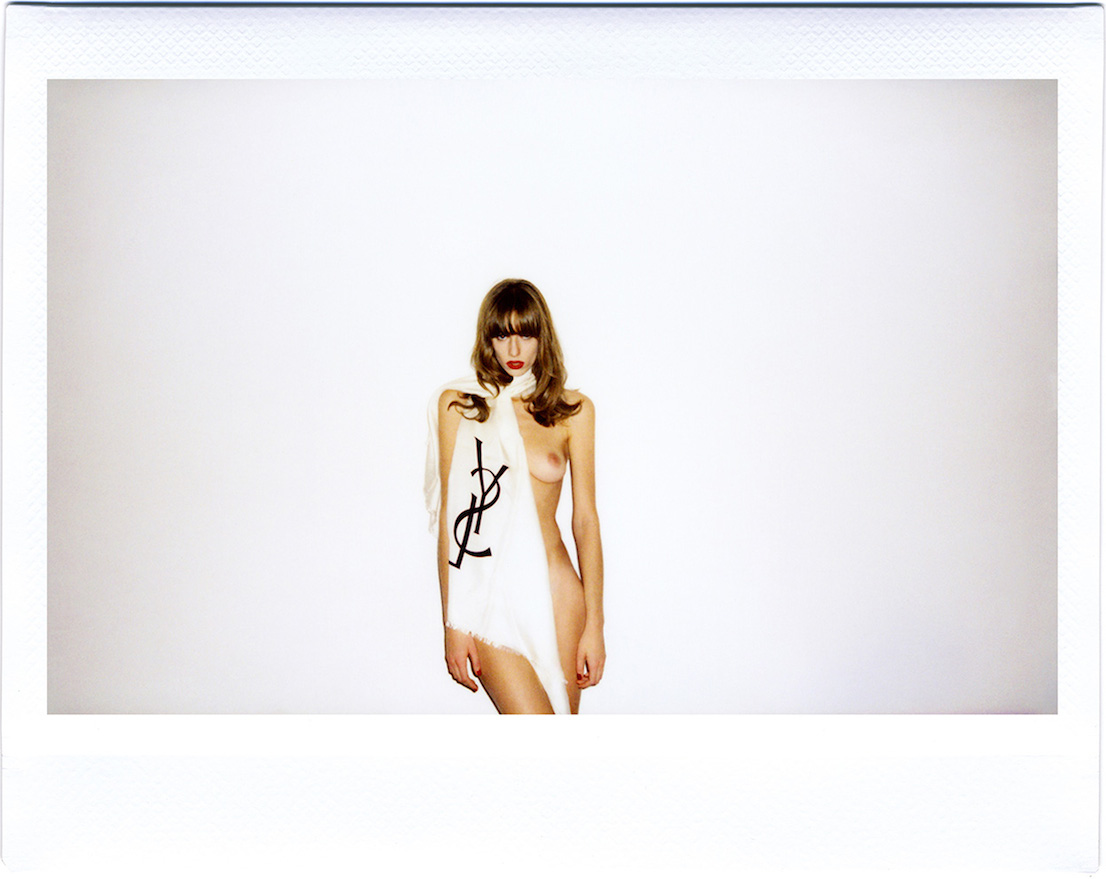
© Lady Tarin for PIG magazine.
How are you able to convey this sense of belonging with photography?
By taking pictures of women as they really are, without expecting them to embody something specific. Showing them in front of the mirror in which they are reflected, without judging them. Observing them while they recognize themselves: in that moment at least, they do not desire to be something different. Making them play a part is a mistake, and doesn’t work in terms of eroticism.
Is there a photograph, perhaps from when you were small, that has made a particular impression on you?
A photo of my mother at the seaside when she was sixteen. The photographer in Rimini had constructed an exotic set: palm trees, a parrot, a large bongo drum, a grass hut on the beach where people dressed up in necklaces, Hawaiian skirts and flowers. At the time it seemed natural to have your picture taken once a year in the photographer’s summer studio. Today, though, I realize how surreal it was, a bit like Romagna itself.
What is Romagna like, the place where you were born, went to school and lived?
Romagna is one of the least male chauvinist regions of Italy. The women are freer, they work, they’re very enterprising and you feel the influence of the Church less. Romagna is crazy in its architecture, it is fairly insane as a place, and it is embodied perfectly in the photographer who took the picture of my mother. I feel I can see him putting up the hut with the palm trees, adding the parrot, arranging the little house and getting her to put on the Hawaiian skirt.
Free, working, posed, crazy or not. Are there different kinds of women?
No, but many kinds can be found in the same woman. There are no pure or impure women, there are many different shades and the reality is more complex than these definitions. As women, we are continually in conflict because we have been in a disadvantaged situation from birth.
When did you come to this conclusion?
As a child, observing the diversity of human beings, I realized that the happiest people are the ones who feel fulfilled, who have shown that they are able to do something, who have struggled. Today women can study, work, we could even say they are free. But it is only in appearance. It’s as if women were still in captivity, without prospects or with the same prospects as our grandmothers had.
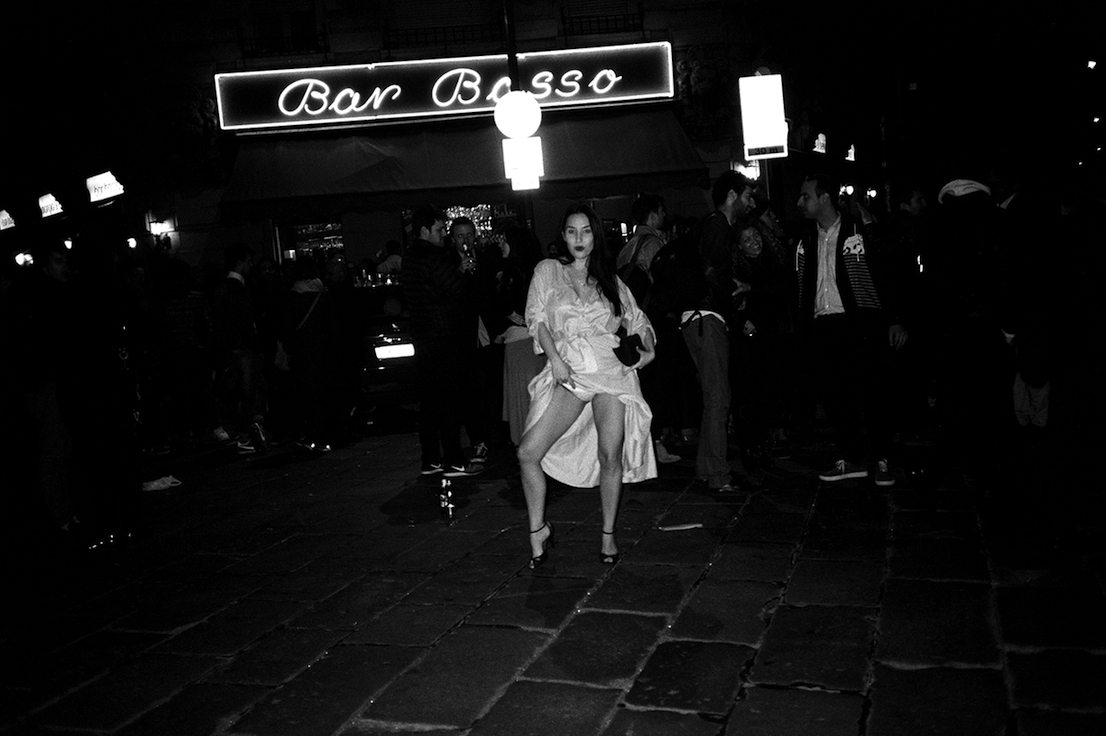
© Lady Tarin, Claudia.
Do you think it is a social question?
First of all it’s a problem of education, just as with images. It’s as if right from when we are little girls we become accustomed to a fictitious world. We embark on a course of passivity that takes us, inured, to the margins of society. But the responsibility for getting out of this condition lies with the woman, who can consciously decide to take back possession of herself.
How do you behave with other women?
I’d rather let the girls I work with say what they feel about that. But I think I’m courteous. I don’t force people and arrive slowly at the moment of taking the picture, taking them with me.
Right, the picture. Do you know when you’ve got it, are you aware of it?
I know when the moment arrives, it’s a fundamental aspect of my craft. If you’re not aware of it, you’re not a photographer. The moment to take the picture is something you have to know.
How do you choose a girl? Whom we should no longer call a model, at this point.
When I’m working for fashion I do casting and choose on the basis of the story I’m going to represent, maintaining my personal taste. Then I like the girl to have a good, direct gaze, one that expresses personality. I don’t like fashion photography where the model is staring at the horizon with a bored expression. For my personal work, I’d say that the kind of character and the looking for affinity remain the same, but the constraints imposed by fashion are removed.
Women with dark, blond or red hair, tall, short or barefoot. Do you have preferences?
Not so much about their physical appearance, as about their character. I have to sense first of all a strong personality, a potential. A friend and muse told me that the guiding thread in my choice of girls is a touch of madness. It’s an exaggeration, but there is a bit of truth in it. They are people not crushed by the system, never passive. I sense in them the desire to feel and see themselves beautiful, and a woman generally doesn’t feel like that. Women have many doubts that they find hard to reveal, the system induces them to feel they are just a body and creates an internal division that is destabilizing.
Are there recurrent subjects in your photos?
Some of the girls I have photographed again and again over the course of the years, and then the context becomes more and more everyday. Another project of mine concerns relationship and the couple, and is linked to intimacy and empathy. In this case the subject is no longer the girl by herself, but surrounded by people who are close to her. I start from the woman and then she decides whom to take the picture with: a child, a partner, a cat.
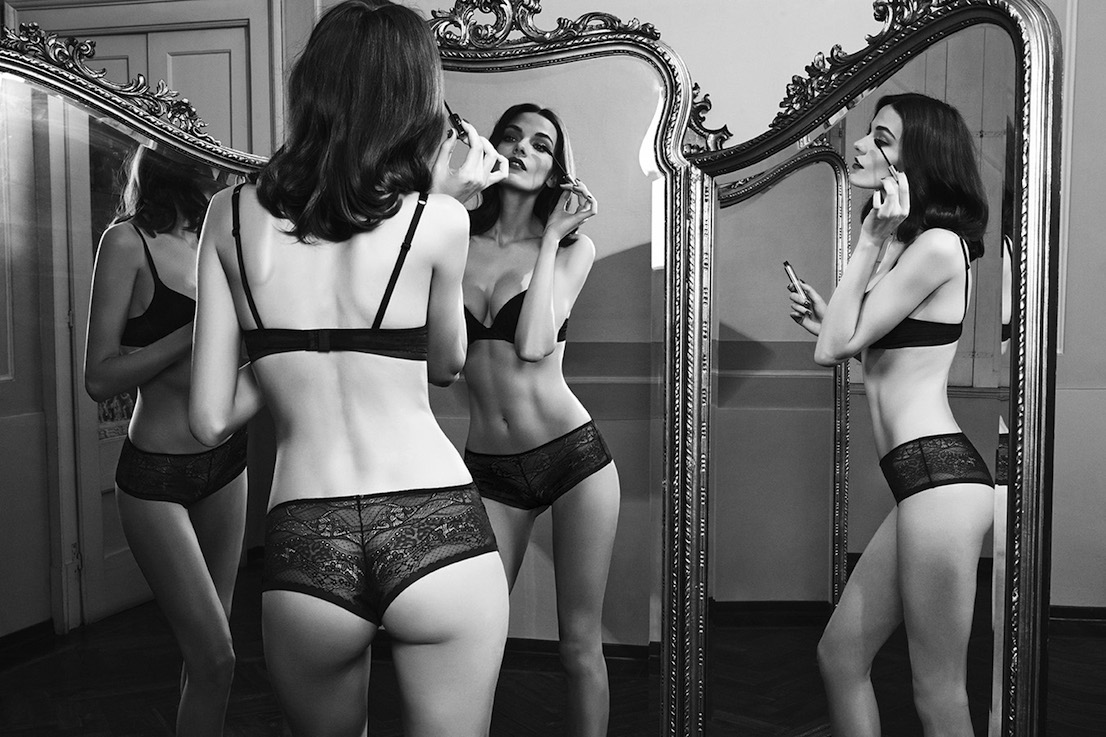
© Lady Tarin for Goldenpoint.
Muses?
Charlotte Rampling, Coco Chanel, the girls I take pictures with.
Influences, suggestions, inspirations that have helped you to shape your imagination?
I’ve been strongly influenced by Buñuel, even though his woman is never one who comes out on top. In his characters I’ve found many elements of inner division, useful to understanding how easy it is for even a woman with great potentialities to lose herself. I love Pasolini (Accattone, Teorema, Salò), his poems and his crystalline vision. For a while I was also fond of Arthur Schnitzler. I don’t know how much he has influenced me, but I was very struck by his description of female psychology.
People who take photographs are often aware of things that are not evident to everyone. Is there something you see now, and that perhaps we are only going to notice in thirty years’ time?
My work is founded on the possibility that a woman can live in her own body. I’d like to think that in thirty years this might be a fait accompli, taken for granted. Women ought to measure themselves more against their own intelligence and abandon the models and modes of behavior that would have them be nothing but a body. And, above all, women should work together.
What are the taboos of today?
One of the many taboos is the independent and single woman. As a girl I went on a vacation trip to Madrid and saw young women drinking on their own at the bar, reading a book. Almost twenty years later, here in Italy, you still don’t see that. In order to go out for a drink, we have to spend the whole evening talking.
When, in your view, does a woman think she has power?
A woman tends to feel powerful when she seduces a man, but it is a tragic cultural misunderstanding typical of our country.
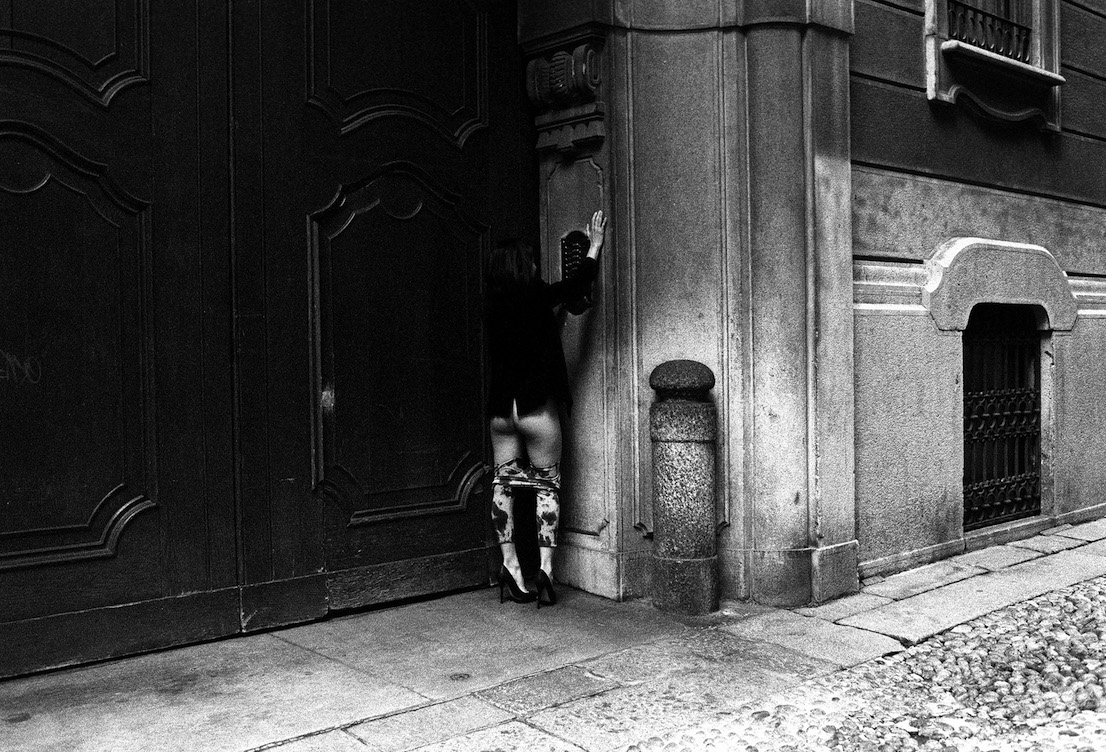
© Lady Tarin, Emmanuelle.
Is a new revolution needed?
The truly revolutionary act would be to go out and work. You can’t make any kind of revolution if you’re not part of the system first. Look at Coco Chanel, one of my sources of inspiration: through fashion she shortened skirts, lightened hats, got rid of pieces of lace. She did something really revolutionary, she allowed women to move. With elegance.
Other sources of inspiration, conscious and unconscious?
I tend to hang around with the people who inspire me, but my references change with time. Among photographers, Helmut Newton for the power of his images and for the type of woman, Man Ray for his technique based on nothing.
Let’s talk about the city where you live and work: Milan. Is there any place in particular that fascinates you?
A square, in the suburbs, at night. Milan is beautiful at night, unnecessarily frantic by day, perhaps too pragmatic. But the best-known places are also the most mysterious, so it is a city that can work, it’s just a matter of understanding it.
Why the night?
I was born in Romagna, the land of nightlife. The clubs and local bars never close, regardless of tourists. They’re open until the dead of night, almost always, even in the winter.
Are you one of those photographers who are “never without a camera?”
Not always, but I often have one with me. And yet I’m not fetishistic about the equipment, I’m a very thoughtful person. Indeed, all this talk of equipment seems to me to be a way of avoiding the problem, which is what is really behind an image. It’s rather as if Leonardo had spent time talking about the paintbrush. In reality it’s all in the head, the camera is just a tool.
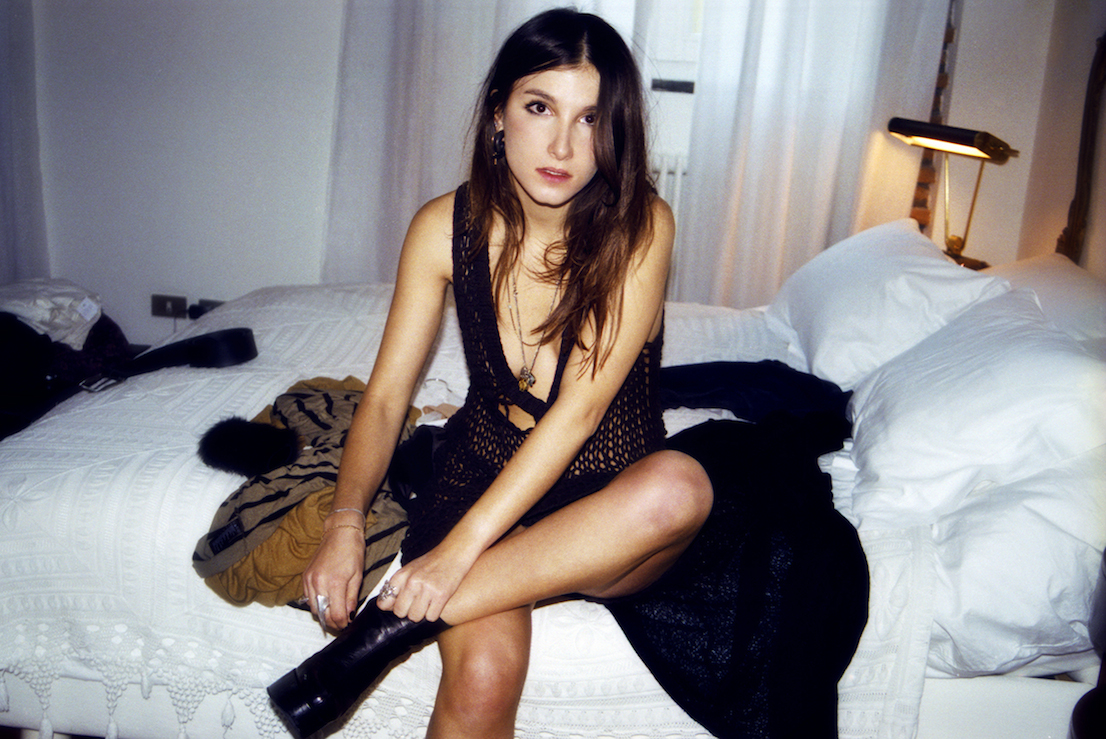
© Lady Tarin for Vision.
When did you start thinking about photography?
I started to take pictures as a child, in play of course. My first subjects were the people around me, friends and members of my family. The best material is always right under our eyes, it just needs to be discovered and analyzed. While I was studying at the academy I took my first nude pictures, mostly of men. Then I moved on to fashion, and years later went back to the nude, but this time only of women.
You must look in the mirror sometimes. Do you feel fulfilled?
My journey is a personal and professional one. I’ve achieved some of my goals, others will come.
Now you’re Lady Tarin. With no surname.
My name is the fruit of an awareness built up day by day. Not through convictions, but actions.
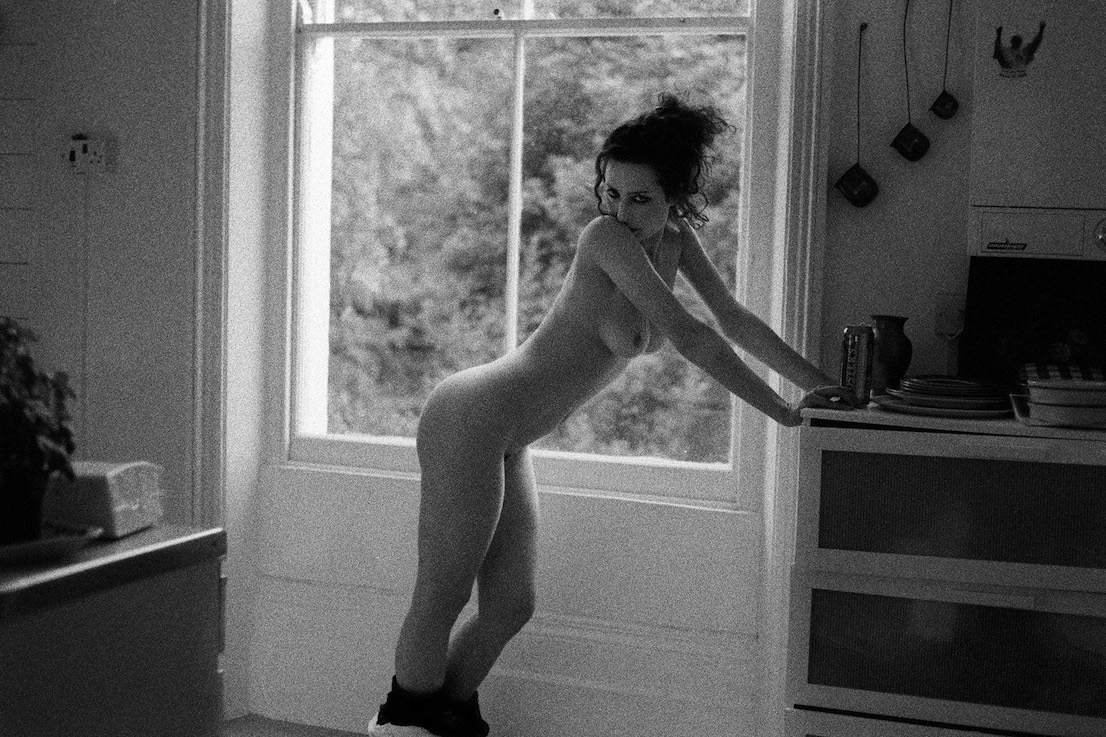
© Lady Tarin, Ludovica.

© Lady Tarin, Diana and Elena.
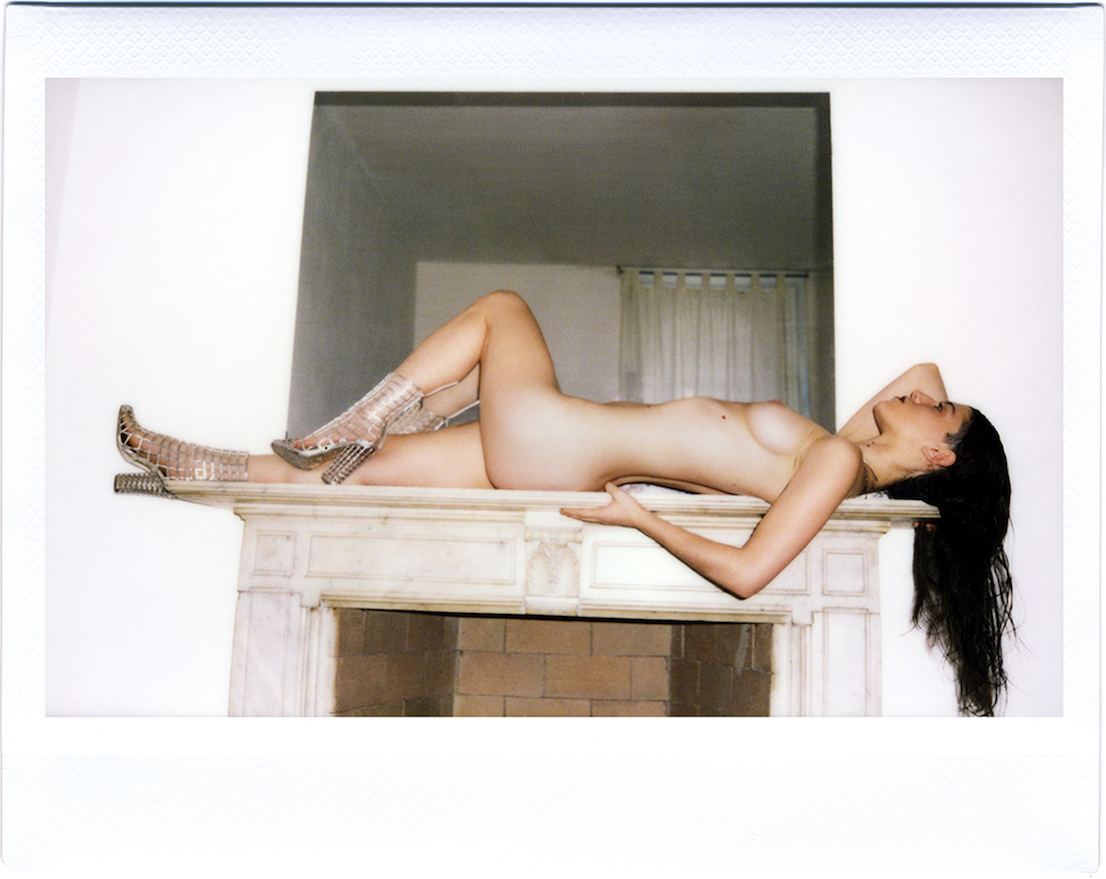
© Lady Tarin for DUST.
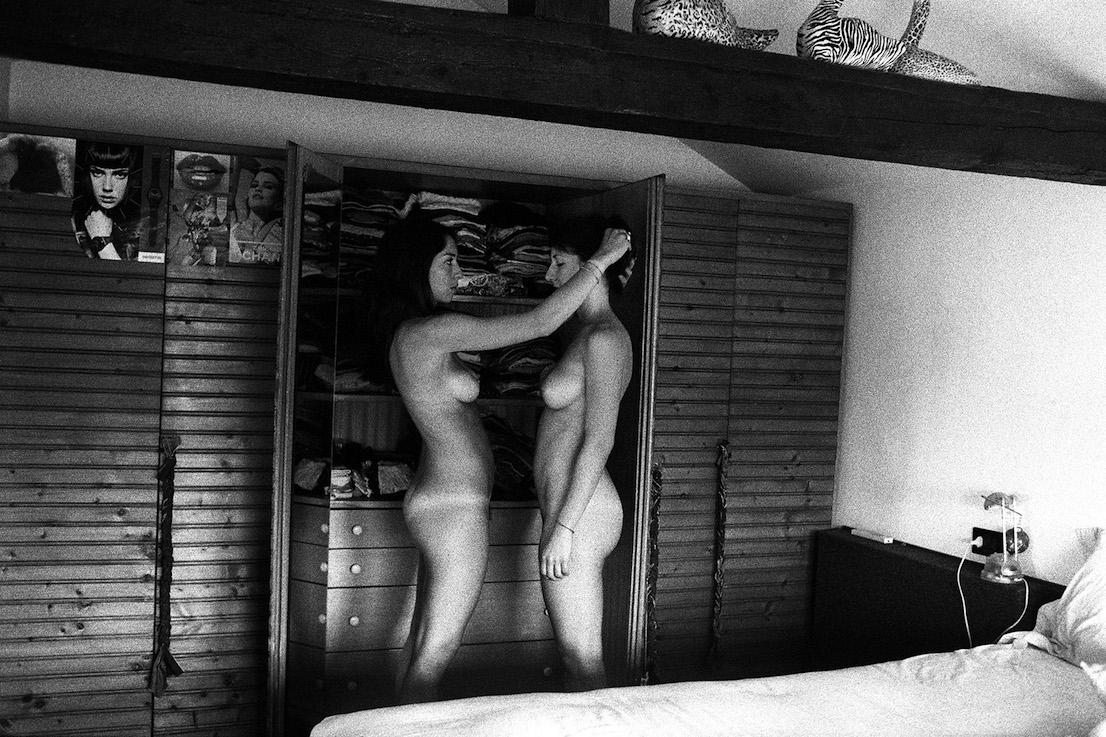
© Lady Tarin, Michela and Betta.
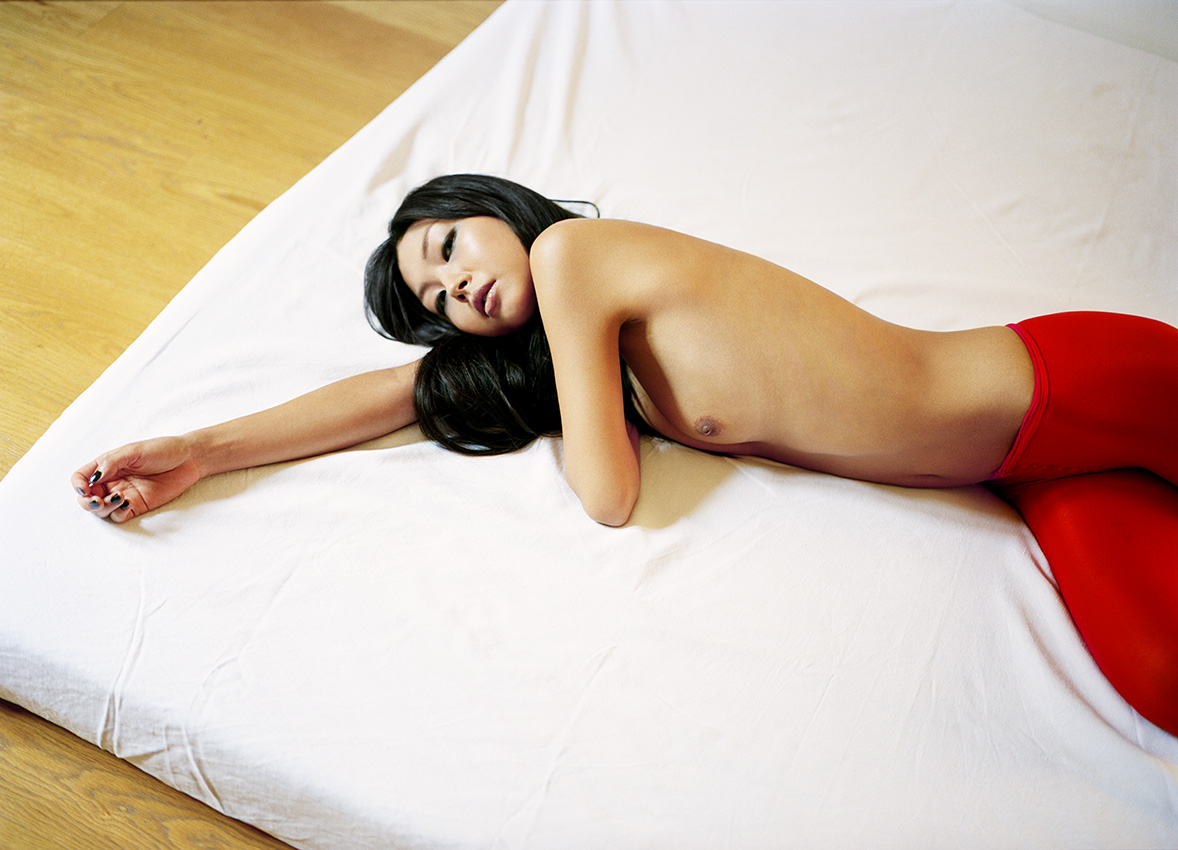
© Lady Tarin for GQ Italia.

© Lady Tarin for GQ Italia.
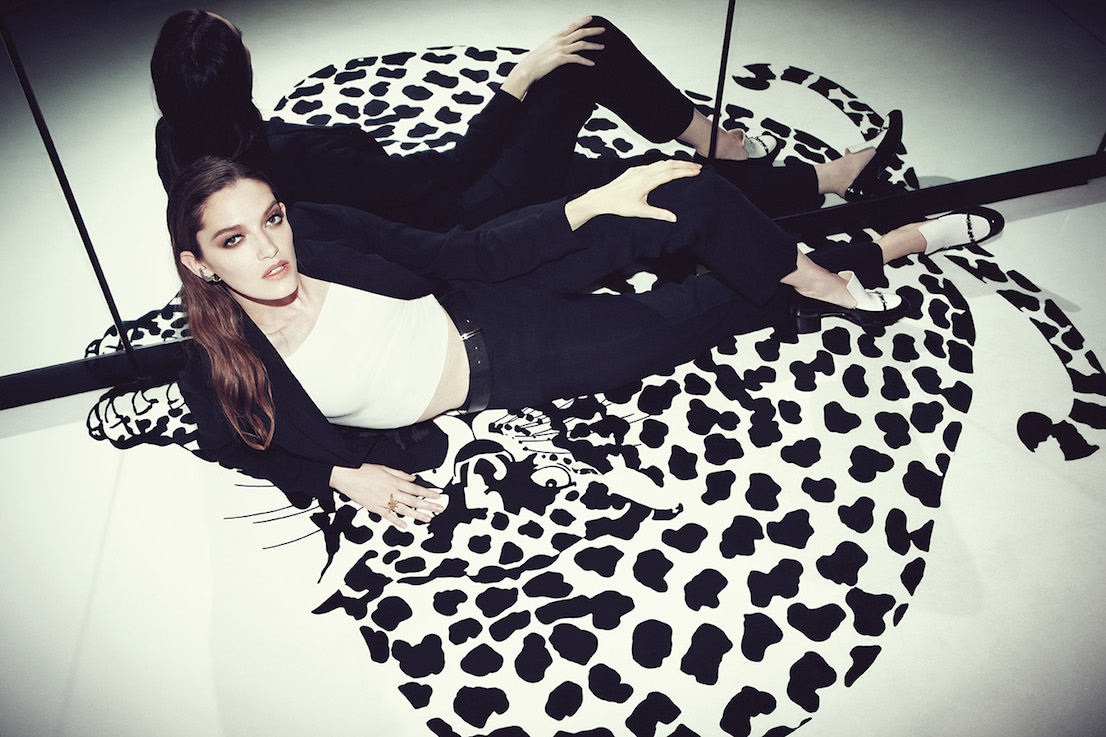
© Lady Tarin for Gioia Magazine.

© Lady Tarin, Angela.
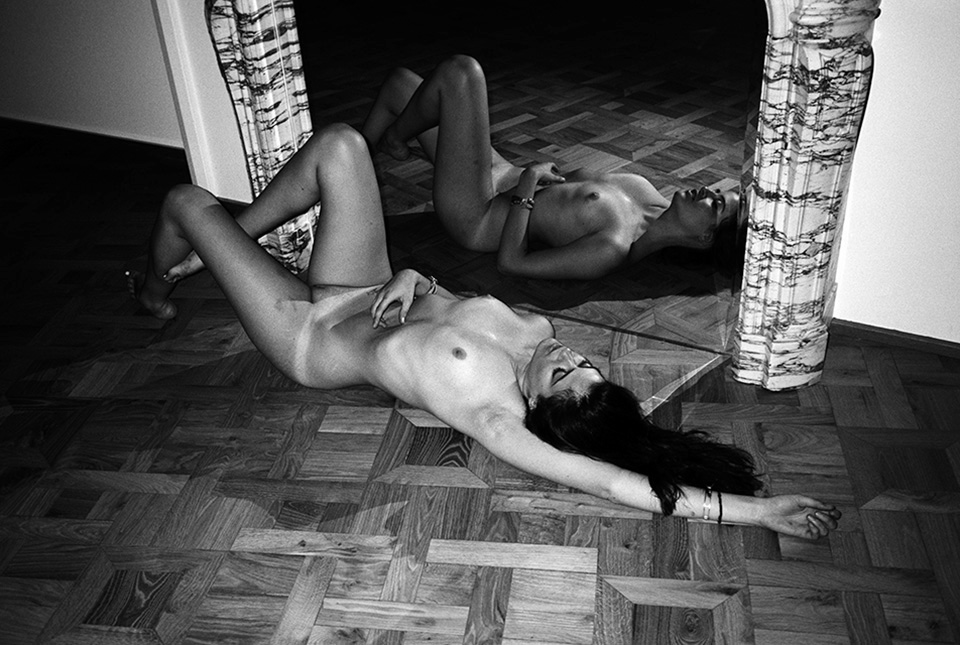
© Lady Tarin, Carlotta.
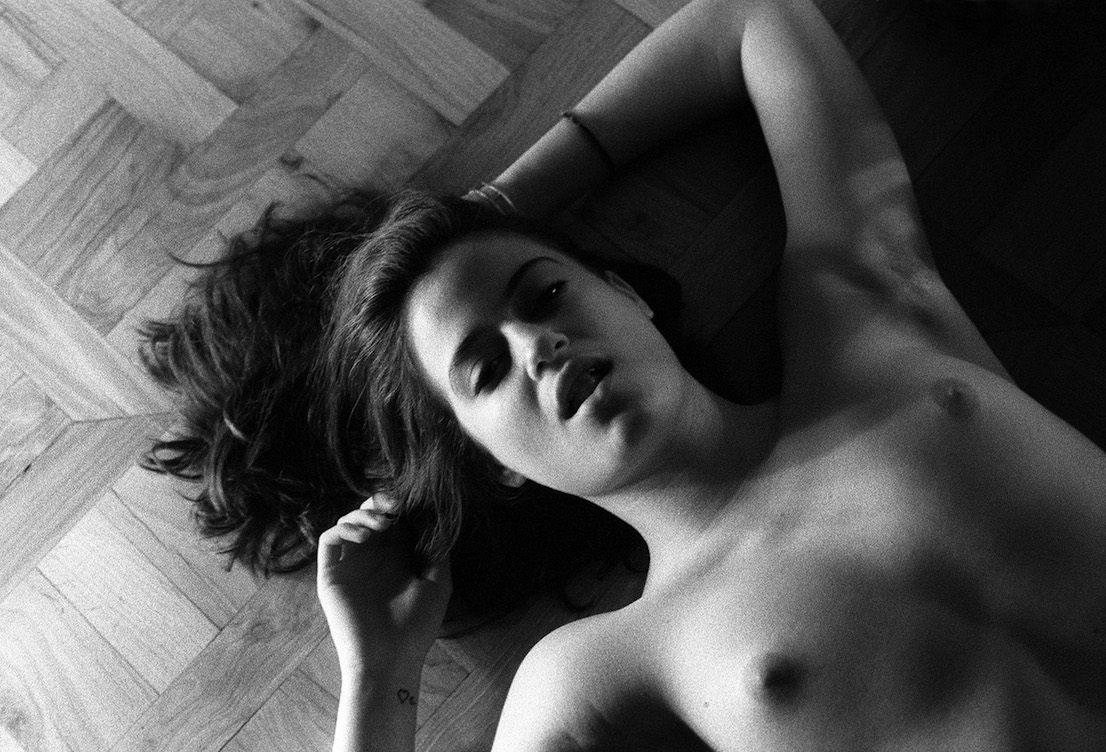
© Lady Tarin, Carlotta.
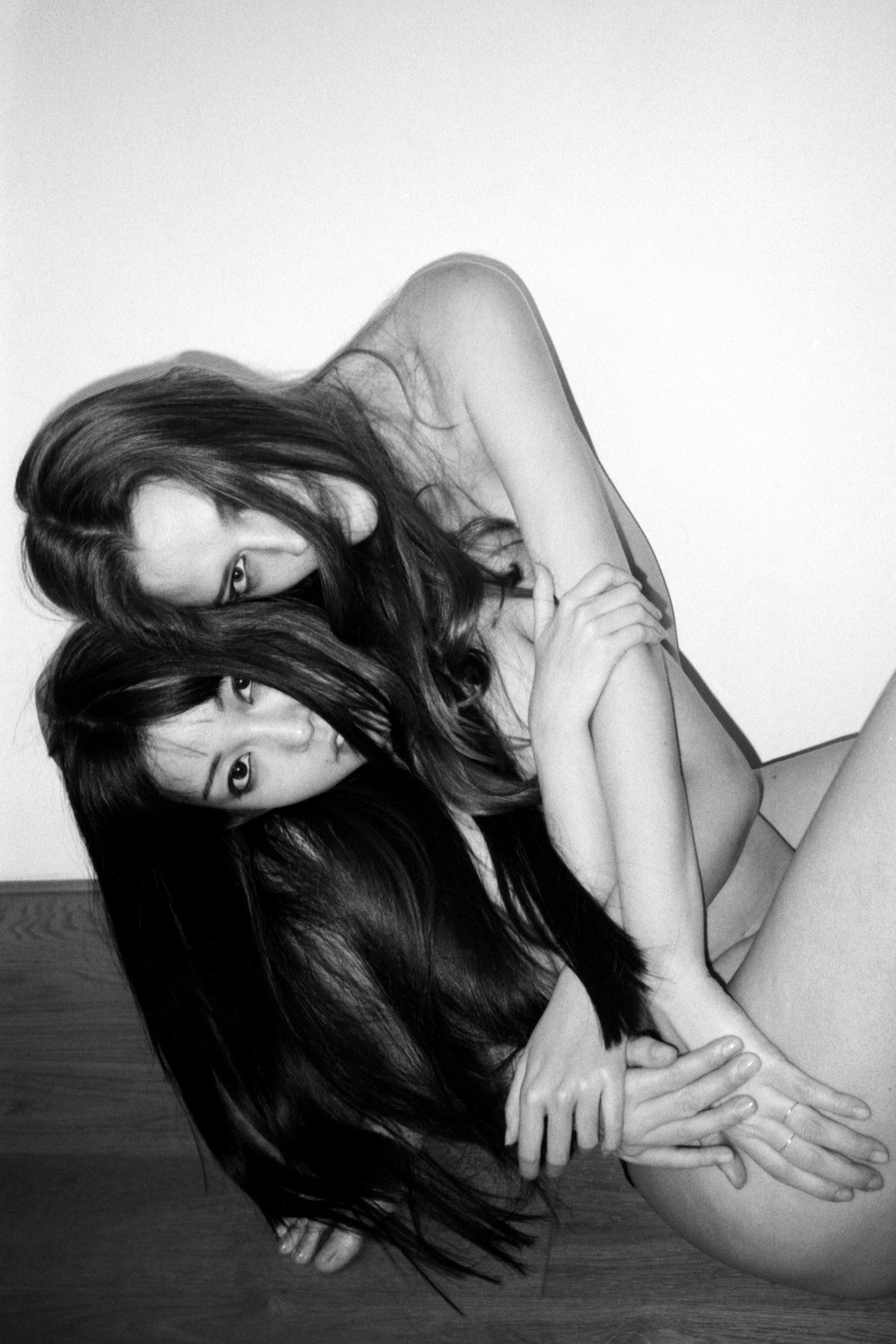
© Lady Tarin, Celine e/and Waka.
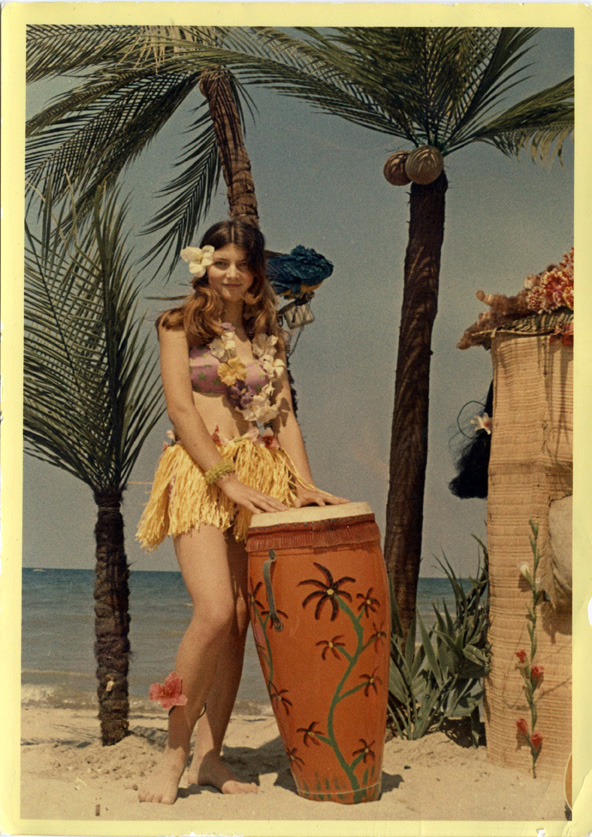
Lady Tarin’s Mother.